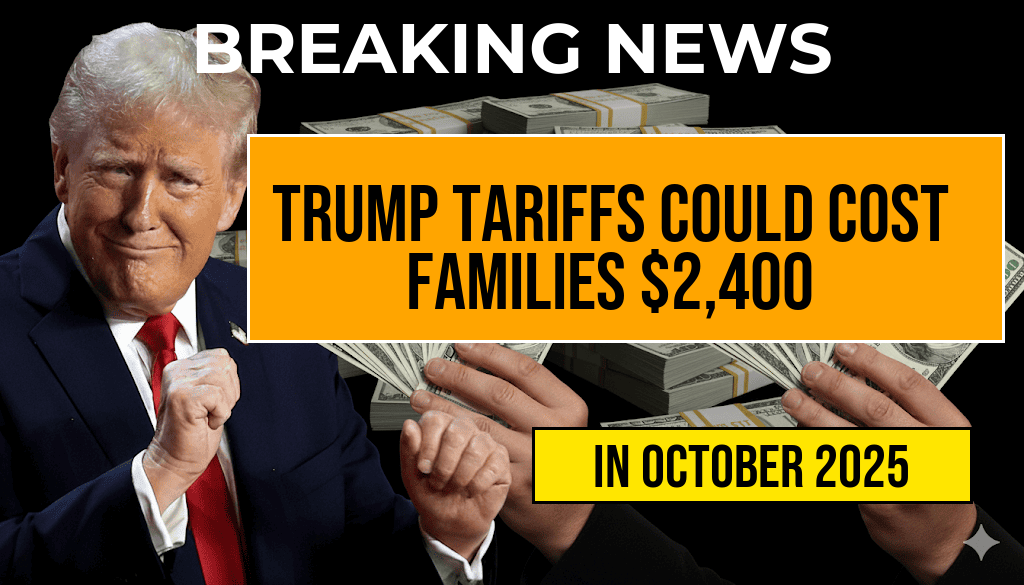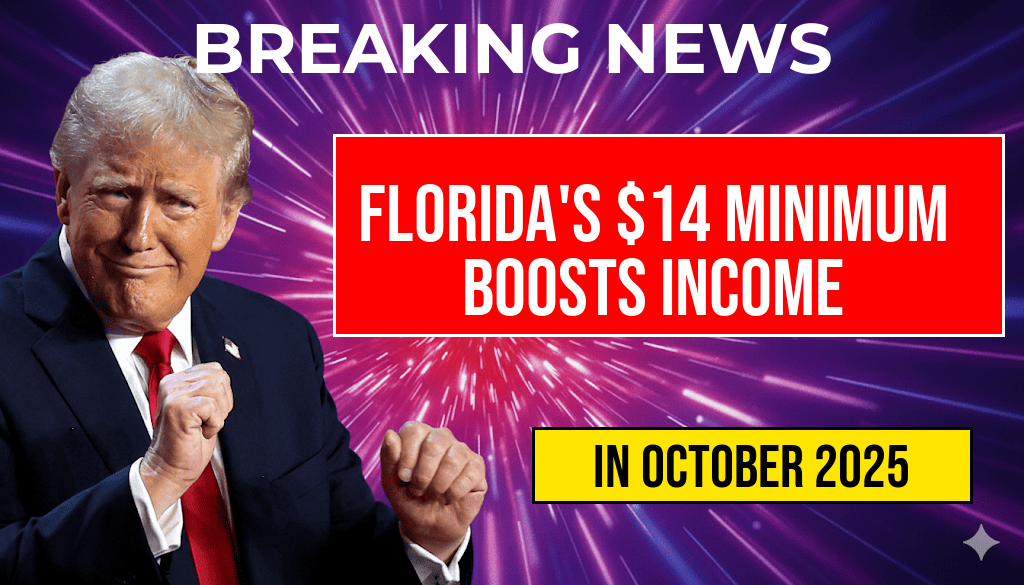Recent discussions surrounding tariffs imposed during the Trump administration have raised concerns about their long-term economic impact on American households. A new analysis suggests that the ongoing trade policies, often referred to as the “Turbulence Tax,” could cost families up to $2,400 annually. This figure stems from increased costs across a variety of goods and services, ranging from clothing and electronics to food and household essentials. While tariffs are designed to protect domestic industries, critics argue that consumers bear the brunt through higher retail prices, which accumulate over time. For many families, especially those on fixed incomes or with limited budgets, these added expenses can significantly affect their financial stability. Understanding how these tariffs translate into everyday costs helps illuminate the broader economic consequences of trade policy decisions.
The Mechanics of Tariffs and Their Spillover Effects
Tariffs are taxes levied on imported goods, intended to make foreign products more expensive and encourage domestic production. However, this strategy often backfires when the increased costs are passed directly to consumers. When tariffs target popular items such as electronics, clothing, or food products, the impact is felt immediately at checkout counters. According to economic research, the ripple effect of tariffs extends beyond initial imports, influencing supply chains and retail pricing across numerous sectors.
Quantifying the Cost: How Families Are Affected
A recent report from the National Bureau of Economic Research estimates that American households could see an increase of up to $2,400 per year due to tariffs enacted during the Trump administration. This calculation considers the cumulative impact across essential categories, including:
- Groceries (e.g., imported fruits, nuts, and coffee)
- Electronics and appliances
- Clothing and footwear
- Automotive parts and maintenance supplies
- Home goods and furniture
While some of these costs are absorbed by manufacturers or retailers temporarily, the long-term effect tends to fall on consumers, especially as prices adjust to reflect the tariffs’ influence. For families with tight budgets, these incremental increases can add up, making daily necessities more expensive over the course of a year.
Dissecting the “Turbulence Tax”: A Closer Look
| Category | Average Annual Cost Increase | Percentage of Total Cost |
|---|---|---|
| Groceries | $600 | 25% |
| Electronics & Appliances | $500 | 20.8% |
| Clothing & Footwear | $400 | 16.7% |
| Automotive & Home Goods | $500 | 20.8% |
| Miscellaneous | $400 | 16.7% |
These figures highlight how tariffs contribute to a tangible increase in household expenses, with groceries and automotive costs forming the largest components. The term “Turbulence Tax” has emerged as a colloquial way to describe this cumulative financial burden resulting from trade policy decisions.
Broader Economic and Political Implications
The impact of tariffs extends beyond individual families, influencing supply chain stability, employment in manufacturing sectors, and overall economic growth. Critics argue that the short-term protectionist measures may lead to long-term trade tensions, reduced market efficiency, and inflated prices for consumers. Conversely, supporters contend that tariffs help safeguard American jobs and promote fair trade practices. The debate continues as policymakers weigh the benefits of protectionism against the costs borne by everyday Americans.
What Consumers Can Do
While the scope of tariffs is largely determined at the federal level, consumers can take steps to mitigate their personal expenses. Strategies include shopping locally, seeking out domestic alternatives, and monitoring price changes across product categories. Additionally, staying informed about ongoing trade policies allows families to anticipate potential price shifts and adjust their budgets accordingly.
Sources and Further Reading
- Tariffs in the United States – Wikipedia
- How Trump-Era Tariffs Cost American Consumers Billions – Forbes
- NBER Working Paper on Tariff Impact Estimates
Frequently Asked Questions
What is the “Turbulence Tax” and how does it affect my family financially?
The “Turbulence Tax” refers to the increased costs resulting from Trump tariffs on imported goods. These tariffs can lead to higher prices on everyday items, potentially costing families up to $2,400 annually.
How do tariffs on imports lead to higher household expenses?
Tariffs increase the cost for companies to import goods, which often results in businesses passing these costs onto consumers. This can make products more expensive, impacting household budgets.
Which household items are most affected by the tariffs?
Items such as electronics, clothing, furniture, and appliances are commonly affected by tariffs, leading to noticeable price increases in these everyday essentials.
Can I do anything to mitigate the impact of tariffs on my family’s expenses?
While you can’t directly control tariffs, you can shop smarter by comparing prices, seeking alternative brands, and purchasing in bulk when possible to reduce overall costs.
Will the tariffs or “Turbulence Tax” change in the future?
The impact of tariffs depends on policy decisions and trade negotiations. Staying informed about government actions can help families anticipate and plan for potential changes in costs.








